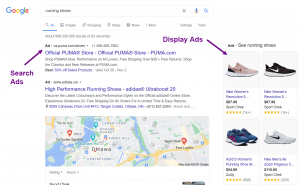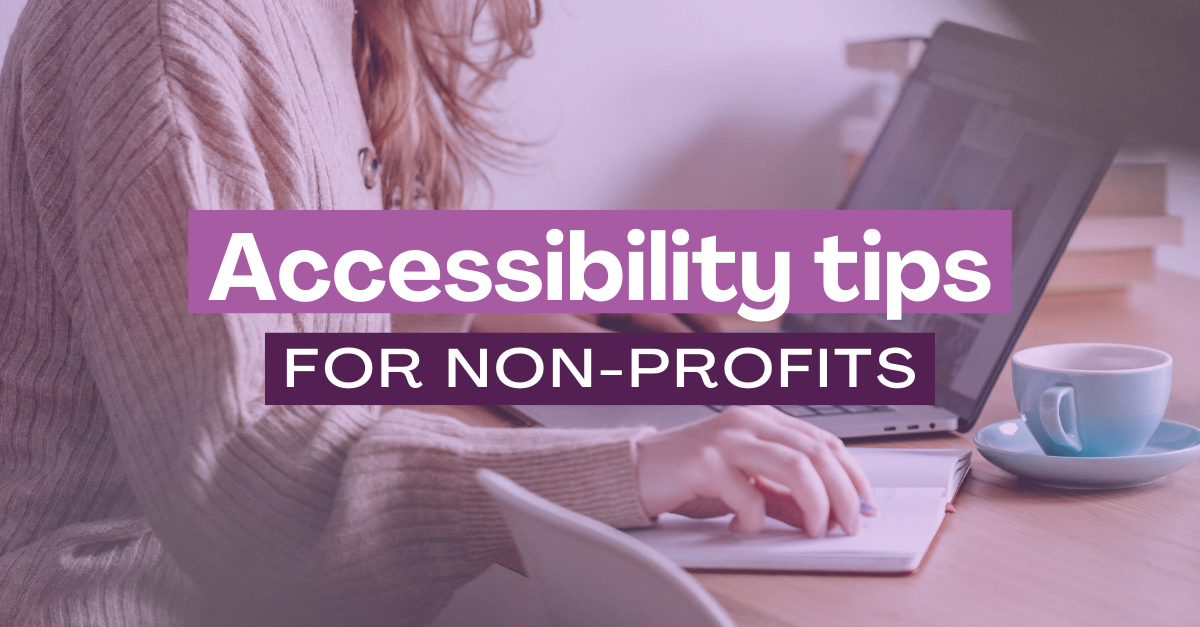Paid advertising: 5 key steps to consider before getting started

Business performance analysis with graphs
Paid advertising is one of the most popular forms of advertising and has grown into a billion-dollar industry. It helps companies reach people who are likely very interested in their services or products by featuring an image or text they can click on that brings them to a landing page. On that landing page, the interested prospect can have an opportunity to engage with your business and become a client.
When it comes to Google Advertising – what you don’t know CAN hurt you.
In order to have a successful online ad campaign, you should pay attention to a few key things. Overlooking these five crucial steps will often lead to higher costs, lower ad quality and lower return on investment.
1. Optimize your website
Website optimization is an important step to take before investing in paid advertising, because what’s the point of advertising if your website is not user-friendly and doesn’t encourage users to engage with your content? If you want to have better conversion rates from your paid ads, there are several ways you can optimize your website in order to increase the time users spend on your webpages.
Improve your website’s speed
You’ll want to ensure that your website’s speed is fast. If your webpages take a long time to load, chances are users will navigate away from your website. You can easily check your website’s page speed by adding your URL to PageSpeed Insights.
Ensure your website is responsive
Make sure that your website is user-friendly across all platforms and devices. Let’s say a potential customer clicks on your Google Ad that prompts users to visit your website. If the user is redirected to your website that isn’t mobile responsive, the user will not be able to engage with your content, and they likely won’t convert from a website to a paying customer.
For example, we’ve ensured that our website is responsive. Notice how the layout differs from desktop to mobile, to ensure that our webpage content is properly displayed across all devices.

Optimize your webpages for SEO
Another key aspect of website optimization is on-page search engine optimization. You will want to ensure that the copy and meta tags on your webpages are optimized with high performing keywords, in order to improve your website’s ranking within search engines. This will help you with your online paid advertising efforts, as search engines will favour your online ads if you have good SEO.
Learn more about On-Page SEO here.

Boost your online presence with our help
- Web design and development
- SEO and PPC
- Social media strategy
- AI technology
2. Perfect your tracking
In order to effectively monitor your online ads and see tangible results, it’s important to ensure that your tracking tools are installed and working.
Google Analytics and Google Tag Manager are effective tracking tools when it comes to monitoring online paid ad progress.
These tools allow you to set up goals on your website. These goals are essentially actions that you’d like users to take on your website once they’ve engaged with your online paid ads. Things like time on site, pages per session, purchases and more will help you determine how engaged your potential customers are.
Simple mistakes like not having bot filtering, not enabling demographic data, or not building audiences within these data monitoring tools can cause issues with tracking, so always be sure that this is properly set up before starting on your advertising campaigns.
3. Define your audience
How can you effectively advertise to users if you haven’t defined your target audience?
It’s important to conduct research on your target consumer base before creating advertisements. You will want to have a good understanding of their interests, their buying behaviours, their preferred platforms, etc.
Next, you will want to define these users within your analytics audience. You can actually target certain users with certain ads by adjusting demographic settings, which can be extremely useful if you plan on advertising different products/services to different groups of people.
Google Signals is a useful tool when it comes to understanding your audience better and how to effectively target them. This tool has several capabilities, such as remarketing with Google Analytics, demographics and Interests reports, cross-device reports, etc. These capabilities allow you to better define audiences and target users that look at specific pages on your site and engage with certain advertisements.
Understand best advertising practice
Choosing the right platform, designing effective advertisements, and utilizing ad extensions are just a few examples of best practices when it comes to online advertising.
Choosing the right platform
Once you’ve done some research on your target audience, you’ll want to figure out what the best way of reaching them is. There are tons of platforms that you can advertise on, such as Facebook, Twitter, LinkedIn, Google Ads (YouTube, Google Search, Google Display), etc. Choosing the right platform means understanding your target audience and the type of users on each platform. For example, LinkedIn is an ideal platform to target professionals, whereas Spotify would be a more effective platform when targeting university students since a younger demographic uses Spotify.
Effective advertisement design
Make sure you’re using effective imagery and messaging for all your online advertisements. Appealing images and messaging encourage users to take action on your ads, increasing the likelihood of a conversion. High-quality images, graphics, and videos are all engaging types of advertisements. You will also want to accompany these visuals with enticing copy, which should have clear intent and encourage users to engage with your content.
Utilizing ad extensions
There are numerous extensions you can use within Google search ads, such as call extensions that make it easier for people to call you by placing your business phone number directly within your online ad.

5. Confirm your objective
The final aspect to consider before launching your online paid ad campaign is confirming your objective.
What are you trying to accomplish through your advertising campaigns? Are you trying to target new or existing customers? Are you launching a new product or service?
Utilize different ad types for different goals
For instance, Google Display ads are a great way to increase brand awareness or retarget existing customers, while Search ads are for people looking for specific services or products related to your business.

Create landing pages for specific products/services
Landing pages lead potential customers to a specific service or product and encourage them to take action. This can be an effective way of creating conversions and expressing your branding. Creating specific landing pages for specific products or services ensures that you have a clear and trackable objective.
Below is an example of a landing page that we created for one of our marketing assets.

Defining your objective before you begin your online paid advertising efforts helps you establish the right platform, the right messaging, peak times, and ideal audiences.
Following the five steps highlighted above will allow you to set up an engaging and well-performing paid ads campaign, which can pay off in the long run!
This list of steps can be overwhelming at times as a business owner. If you want some help diving into the world of paid ads, check out our Paid Advertising services here. Let us help you get started today so that you have more time to focus on what really matters: your business.
Let's chat about your goals
OR tell us more about you
Swipe up for expert help!





